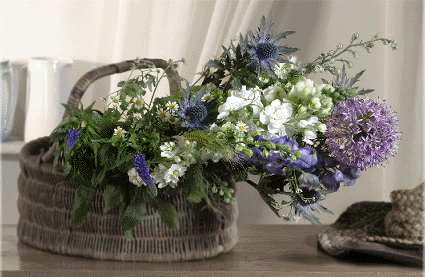During a quick (and sadly rare) visit to the local Waitrose I discovered that they are still selling UK grown strawberries. This amazed me and although the berries were quite small they smelt delicious. After a quick internet search I found this fantastic page on strawberries on the BBC Food website. It turns out that
Traditionally, part of the strawberry's appeal is that its short, six-week season, from early June until mid-August, coincides with the brief, long-awaited British summer. These days, however, the British strawberry season extends from mid-April until mid-December, thanks to the increased use of plastic polytunnels, which provide the berries with a warmer, more protected environment - and a much longer growing season.When do you think of strawberries? It's true that I'd put them in June and July and sometimes August. I can't believe I've lived 24 years without realising you could have UK grown strawberries near Christmas. But as the article says, the traditional season is only extended because of plastic polytunnels, and (I would imagine) heating in those polytunnels. I'm always a little confused over which is worse, flying food to the UK where it is naturally in season or growing in locally but using lots of energy to make it work. I was so confused that I gave up, and put the strawberries back on the shelf.
Electricity has been in the news a lot recently too and it's been hard keeping up. On the BBC website alone there have been articles here, here, here and here. There's quite a useful page on how green taxes are broken down but I'm still a little confused. From what I've heard on the news it appears that the government has cut green taxes which in turn has reduced the average household bill by £50 a year, so just less than £1 a week. It also means that projects which helped the poorest people save money by improving energy efficiently and general sustainability projects which help to make future energy production more secure. To me, this seems like a short term publicity win for a long term real life loss. But then, maybe for some families that extra £1 a week means the world of difference. If so, I'd rather pay an extra £2 a week and help then AND have green projects continue.
And finally....
Staying of the subject of heating I've found a new green way to keep warm at night. Rather than putting the heating on in the bedroom I often have a hot water bottle in bed to keep my feet warm. But I've found that a 2L empty coke bottle filled with hot water works just as well as a rubber, specially bought hot water bottle. In fact, I've also started using recycled water too, since still-hot bath water seems to keep me warm enough without having to boil the kettle. So there's a new green idea for keeping heating costs down and recycling both plastic bottles and bath water. I wonder what surprises the next week will bring.





.jpg)












